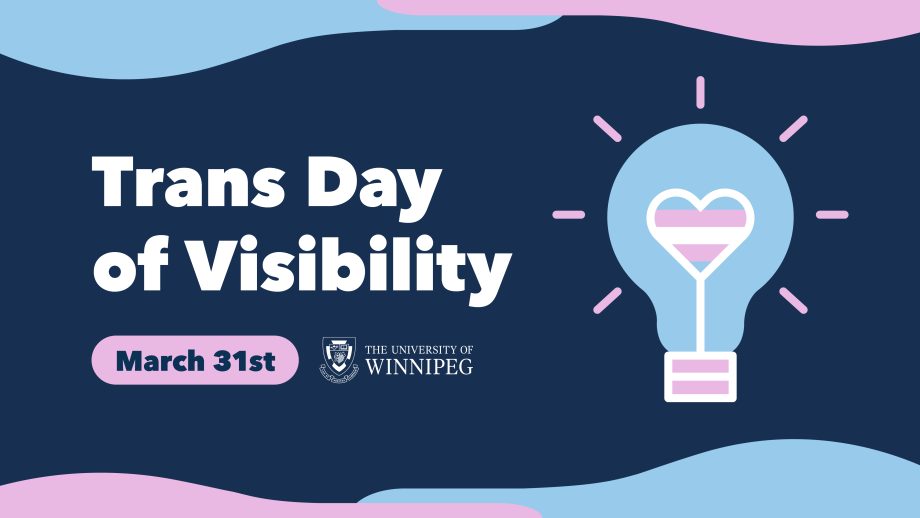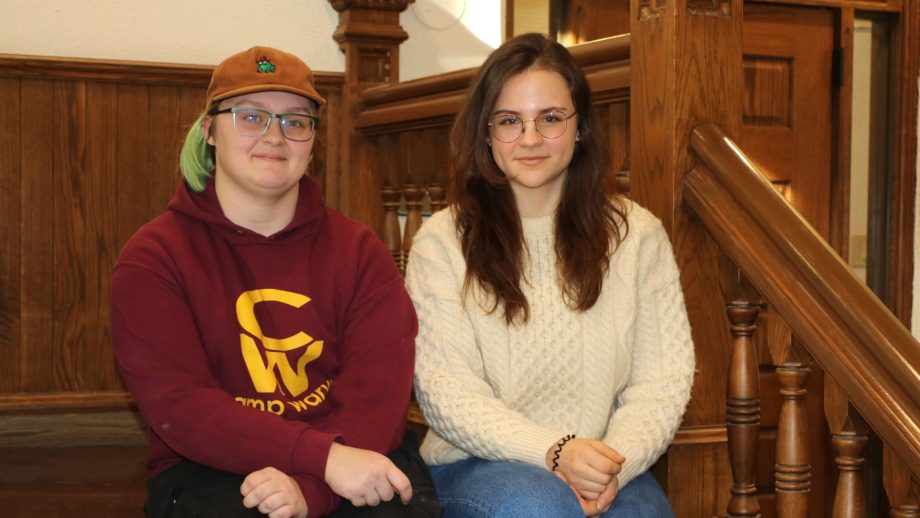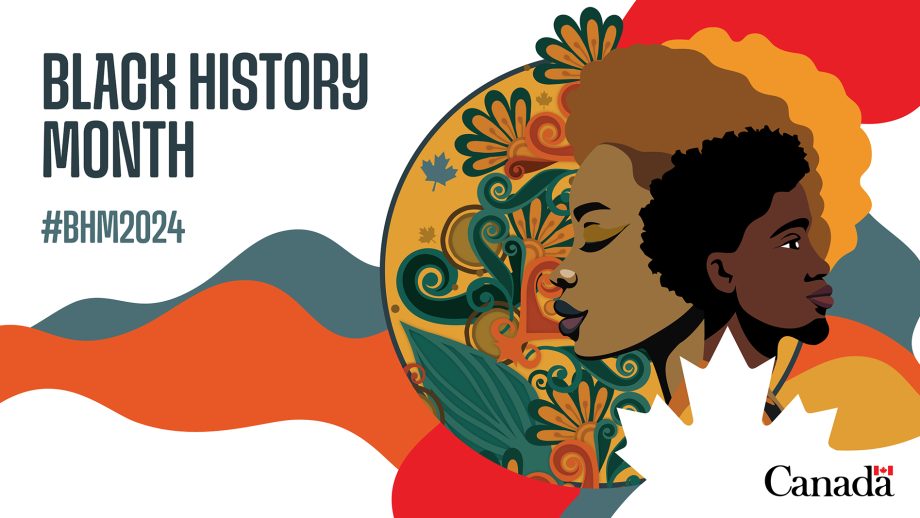WINNIPEG, MB – Interested observers can now readily visualize climate change patterns, thanks to the newly created Climate Trend Mapper software. The program was developed by The University of Winnipeg’s Dr. Danny Blair, Associate Dean of Science and Acting Principal of the Richardson College for the Environment; along with Ryan Smith, Blair’s research assistant/programmer who is also a UWinnipeg alumnus.
“We wanted to create a tool that lets people see for themselves that the climate in Canada is changing, and changing rapidly”, said Blair.
“With the maps and graphs produced by our program, we are confident that people will be convinced that climate change in Canada is already underway, especially in the North”, said Smith, who learned his programming skills while working for Blair as a research assistant over the last few years.
The program makes it easy to visualize climate data and trends recorded at weather stations across Canada. In particular, it allows users to produce high-quality maps of the trends (or lack thereof) observed in the monthly, seasonal and annual temperature and precipitation data.
The program uses Environment Canada’s Adjusted and Homogenized Canadian Climate Data (AHCCD), which includes the years 1840-2010. Users can select which years to analyze and how to assess the statistical significance of the trends. The interactive maps also allow users to create graphs of the data used to calculate the trends.
Users who do not have the IDL programming language installed on their computer (required to run Climate Trend Mapper) can download IDL’s Virtual Machine for free (must install a demo model of IDL). To see sample output maps/graphs and download to Climate Trend Mapper, please visit http://climate.uwinnipeg.ca/
The Richardson College for the Environmentis developing strategies to address some of our most pressing environmental issues, especially those related to climate change, the North, water resources, urban environments and Indigenous development.




